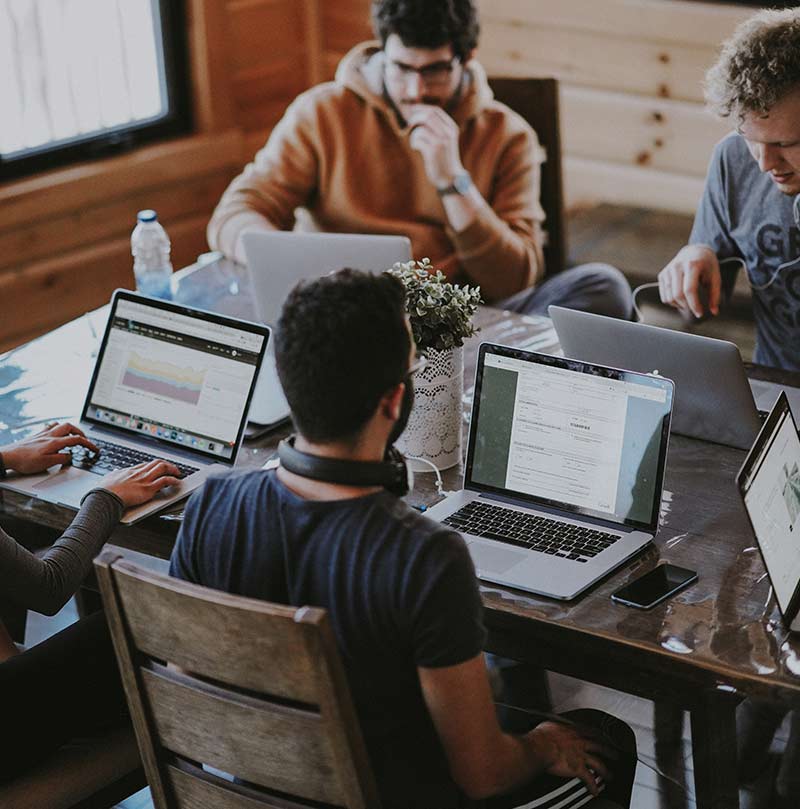Don’t you love images?
They can transform a piece of text into an engaging experience while you read. Images enhance a blog post, make it more sharable and set the tone and brand of your entire site.
And you know what? We are hardwired to respond to images. That’s why incorporating imagery into your content is a powerful tool to use when marketing your blog.
But, if you’re not careful, images can account for over half (or more) of your web page’s total size. Just a few years ago, the average size of a web page was 600–700K. Now, the average is 2MB and it’s increasing every year.
That’s huge!
The main reason this is happening is because multiple images are being used more frequently on web pages, and these images aren’t properly sized and optimized. This means they aren’t saved or compiled in a web-friendly way, and instead, are bloating your pages.
Most of us, though, leave optimizing images as an afterthought and would rather enjoy doing the fun stuff like crafting an epic post or networking with other bloggers in your niche.
But, having page bloat means your page loading speed is affected. You may not think this is a big deal if you’re on a high-speed connection, but many of your visitors are not. Also, Google doesn’t like slow loading pages, and it can negatively affect your SEO.
Why you need to optimize images
You work hard at creating stellar content and you spend countless hours promoting your blog and networking with other bloggers, so the last thing you want is for potential visitors to abandon your website before it even loads!
Studies show that up to 40% of visitors click the back button if a site takes longer than three seconds to load.
I know, three seconds really isn’t that long, but when you’re on a mobile connection and you’re waiting for a site to load, a second can seem like forever.
And since half of your visitors may be on slower mobile connections, it becomes clear – you need to get your page size down. And we already know what the largest offender of page size bloat is – it’s your images.
Unnecessarily large images also take up space on your hosting account. While some of you may have hosting with “unlimited” storage space, many premium hosting providers limit you to around 10GB of storage on lower-tier plans. This can fill up quickly, especially if you’re hosting multiple, image-heavy sites on the same account.
So, how can you tell if your images are slowing your site down? Test your site’s speed with Google PageSpeed Insights.


